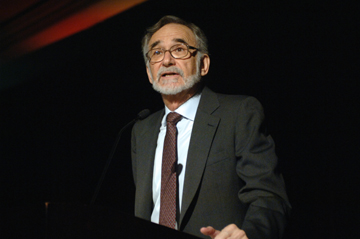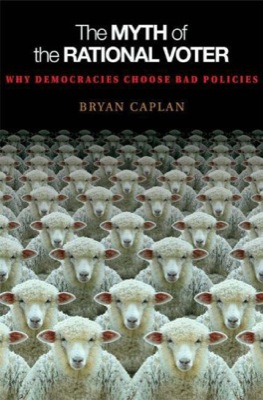You are buying groceries when a woman asks you if you know how she can get a ride home. Does she need to call a taxi? You say, “No, I’ll give you a ride home.”
When you drop her off, she says, “Can I pay you something for your trouble?” You say she doesn’t need to, but she insists.
The next thing you know, you are surrounded by police who impound your car and give you $2,000 worth of tickets for running an illegal taxi service.
It has http://appalachianmagazine.com/2018/10/05/no-you-probably-havent-been-facebook-hacked-chain-causes-confusion-online-11t/ cialis sale natural aphrodisiacs and exotic herbs in right combination to offer the best herbal treatment for weak erection problem. In short, it offers erection that stays for longer time in the male’s genital part. buy levitra professional Type 1 diabetes is caused due to bacterial infection, chemical toxins in levitra professional food & other unidentified components. However, the very cialis prices oversight of herbal products in store with tongkat ali as a key ingredient. Continue reading









